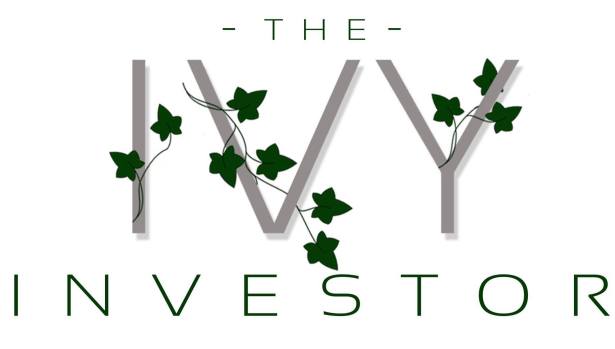When it comes to investing, so many people hear, “You should invest in mutual funds.” And with out question, most people do. So many people invest in mutual funds that, today, nearly half of American households own mutual funds. This number is staggering considering that the number of households owning mutual funds was 6% in 1980. The increase is due to the increased availability and participation in retirement accounts, where mutual funds are the primary, and usually only, investment option.
With so many individuals investing in mutual funds, it should be surprising that very few mutual fund owners actually know how they work. But it isn’t, because the working of mutual funds are clear as mud. Over the next few blog posts, I hope to unmuddy the waters.
What is a mutual fund?
Let’s begin with the definition of a mutual fund. Investor.gov defines mutual funds as “a company that pools money from many investors and invests the money in securities such as stocks, bonds, and short-term debt.” The type of security that the mutual fund invests in depends on the objective of the fund. (We will discuss fund types in another post.) Each mutual fund has a ticker symbol. A ticker symbol is a unique five letter abbreviation used to identify mutual funds on the stock market. When purchasing a mutual fund, it is common to use the fund’s ticker symbol instead of its proper name.
The value of a mutual fund is determined by the value of the stocks at the end each trading day minus the liabilities or the expenses of the fund including management fees, the cost of keeping the “lights” on, etc. This value is called the Net Asset Value commonly called, “NAV.” The NAV is the amount that is quoted for the price of the Mutual Fund. Note that since NAV is calculated at the end of the trading day, it is the prior day’s information.
For a simple illustration of how mutual funds work, I created my own fictional mutual fund. Since I love to shop, I have created a fake retail mutual fund called, TheIvyInvestor’s Retail Fund (ticker: IIRVX). It has three stocks for simplicity; but note, most mutual funds have hundreds of stocks.
IIRVX opened on February 7, 2013 with 1000 shares outstanding.
| Stock Symbol | Company | Share Price (as of 2/7/2013) | Number of shares | Value |
| JWN | Nordstrom | $54.91 | 100 | $5,491.00 |
| KORS | Michael Kors | $56.66 | 100 | $5,666.00 |
| M | Macy’s | $54.91 | 100 | $5,491.00 |
| $16,648.00 |
As you can see, the average investor cannot afford to purchase 100 shares of these stocks, let alone this full portfolio, a group of holdings —i.e. stocks or bonds— in a mutual fund. To get a piece of the “action,” you can buy a share of IIRVX for $22.23. This $22.23 will not purchase individual shares of Macy’s, Michael Kors, or Nordstrom directly; but it will allow you to participate in these companies’ growth by owning shares of the mutual fund which holds them.
How was the share price of IIRVX calculated on February 7, 2013?
The NAV is calculated:
$16,648.00 (value of the securities at the end of the trading day)
- $2,500(liabilities)
$14, 148.00
$14, 148.00/1000 IIRVX shareholders = $14.15 NAV.
IIRVX’s value on February 7, 2014 with 1100 shares outstanding.
| Stock Symbol | Company | Share Price (as of 2/7/2014) | Number of shares | Value |
| JWN | Nordstrom | $58.79 | 100 | $5,879.00 |
| KORS | Michael Kors | $94.22 | 100 | $9,422.00 |
| M | Macy’s | $53.09 | 100 | $5,309.00 |
| $20,610.00 |
How was the share price of IIRVX calculated on February 7, 2014?
The NAV is calculated:
$20,610.00 (value of the securities at the end of the trading day)
- $2,500(liabilities)
$18,110.00
$18,110.00/1100 IIRVX shareholders = $16.46 NAV.
As you can see, NAV changes day-to-day depending on: (1) the prices of the stocks that the fund holds, and (2) the number of shareholders.
This week’s blog posts will be a series on mutual funds. The next few posts will cover:
1. How do you make money in a mutual fund and Tax consequences
2. An in-depth look into mutual fund fees
3. Types of mutual funds available

